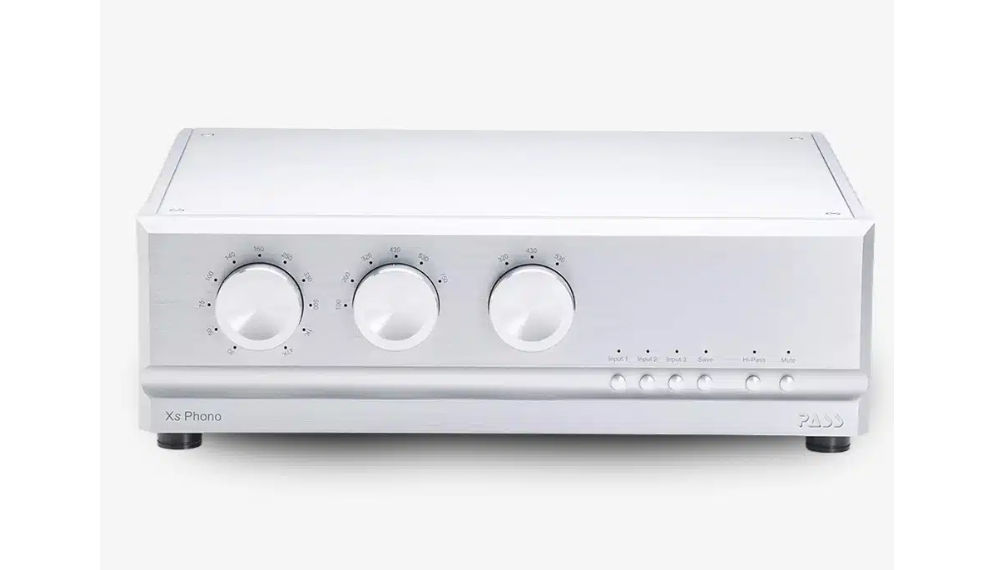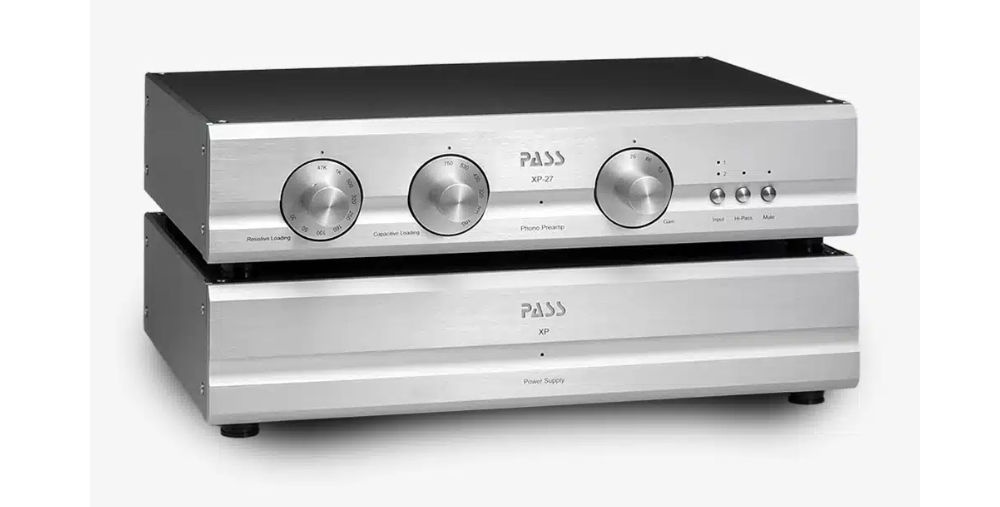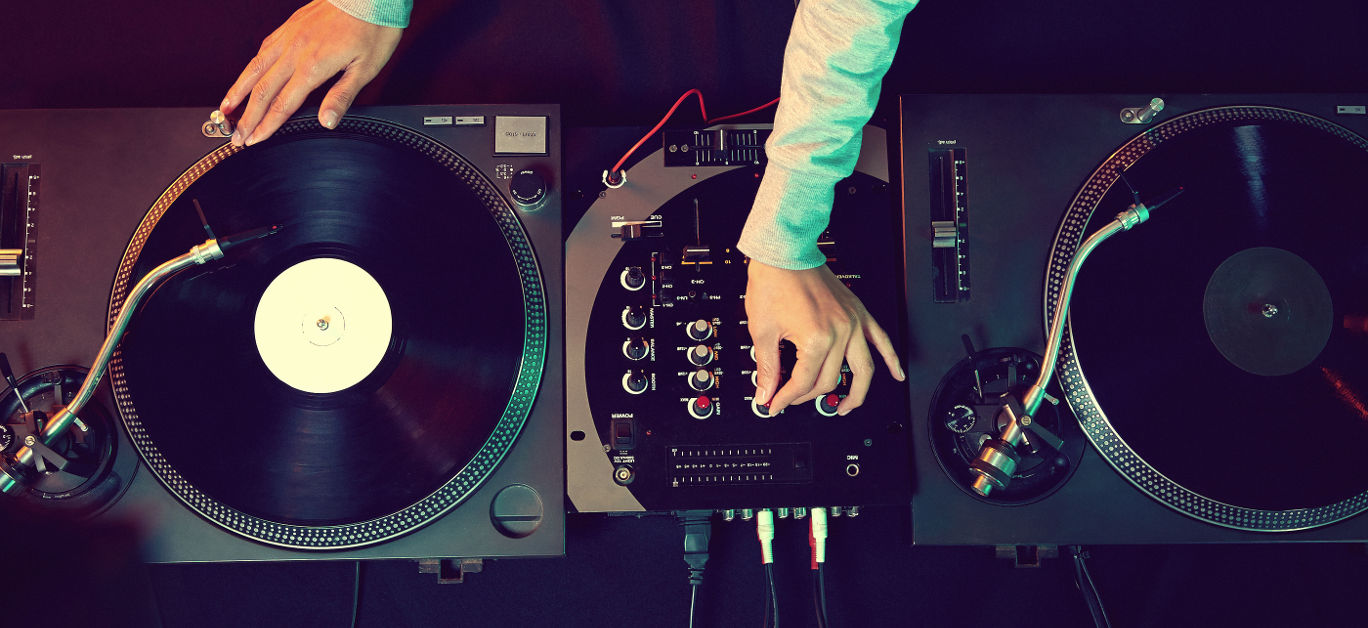In 2024, we’re well and truly living in the digital age, but in spite of the latest modern innovations that have made music readily available via streaming apps in just a few clicks of your smartphone button, there’s just something about vinyl that we’ll never quite be ready to let go of.
Music enthusiasts and collectors continue to favour vinyl records, which have proved incredibly enduring when you consider that cassette tapes, CDs and MP3 discs have now faded into obscurity despite being considerably newer. Even now, people are continuing to discover the timeless charm of vinyl records and, if anything, they are now more popular than ever before.
As a result, interest in turntables is also growing. After all; what’s a good vinyl selection if you have nothing to play it on, and if you pride yourself on your mixing skills and like to perform to an enthusiastic audience then the right tools for the job are essential.
If you’re considering purchasing a turntable but have never used one before then you might assume it can just be plugged into your current sound system and you’re good to go – but on the contrary, the signal produced by a turntable cartridge is roughly 1,000 times weaker than is produced by a CD player or a streaming device. This means that to play music from a vinyl record through speakers or a stereo system, the signal must first be amplified, so you’ll need to purchase some additional equipment for the full set-up to get going with. Enter, the phono stage.
What is a phono stage?
Phono stages, also known as phono preamps, are primarily designed to enhance the weak signal coming from a turntable cartridge so that your vinyl music can be played at a respectable volume through the speakers, as well as equalising the signal to ensure the record sound is as authentic as possible whilst your vinyl is spinning.
While the actual signal on the record is not flat, it follows a pre-set equalisation curve that makes it possible to cut powerful bass and long, high frequencies into the record grooves – something that is known as the RIAA playback equalisation curve. The phono preamp applies reverse EQ, which greatly boosts the signal’s lowest frequencies while lowering its higher ones.

It’s important to mention, however, that not all phono stages available work the same way. The record will sound worse and the phono preamp will be less accurate at compensating for the RIAA curve if the preamp is of a lower quality. Put simply, vinyl music has a charm that low-quality phono preamps just cannot match; they simply don’t help to create the pleasant, cosy vibe that most people associate with listening to vinyl records – instead, the music will sound lifeless and flat. Low-end preamps might create noise while trying to improve the signal since they use less expensive parts and technical attention, too – which means it’s worth investing in the very best.
Well-made phono stages will efficiently boost and balance the feeble phono signal, emulating the original recording without introducing distortion or noise. Investing in a more expensive phono stage also gives you more options, and higher-end versions can accurately amplify a wider variety of cartridges. They work especially well with odd Moving Coil (MC) cartridges, which differ electrically from their more traditional Moving Magnet (MM) counterparts and require a significant amount more gain.
How to choose the right phono stage for your audio system
When choosing a phono stage, the first thing to consider is the type of cartridge(s) you plan to use in your system. Moving Magnet (MM) and Moving Coil (MC) are the two most popular types.
MC cartridges have a large range of variables that are determined by the cartridge’s characteristics, and matching the variables of the cartridge with the phono stage will ensure that you achieve the best possible audio performance.
The next step is when things start to get complicated: What makes the ideal configuration for a specific system? Well, it will mostly depend on what you have and what you want to achieve. Different types of phone stages will help you achieve varying sound outcomes.
Integrated phono preamps are a simple yet effective technique to achieve a simple configuration, but their variables are generally fixed and their build quality is not equivalent to an external phono stage. In an integrated system, the intricacy and sensitivity of such a signal make it susceptible to electronic noise, and tiny fluctuations in such a low voltage signal become amplified more than those in a ‘normal’ line signal from another source, resulting in inferior audio output and undesired noise from the record. A common issue with an integrated phono stage is the inability to use multiple cartridges or turntables with different settings. That said, most systems may be future-proofed by adding an external phono stage.
An external phono stage can take several forms, ranging from a simple phono signal amplifier to a headphone amplifier with a DAC built in to digitally record your treasured records. When it comes to choosing an external phono stage, the structural and functional options are virtually limitless. In most circumstances, and depending on your budget, you can find a perfect match for your system’s current and future needs. An external phono stage is frequently manufactured with higher-quality components and has a dedicated and clean power supply, which reduces the equipment’s noise floor to a significant advantage.
Changing a signal path, especially with MC signals, can be accomplished with a simple knob on the front or by opening the device and modifying the internal PCB board components following the manufacturer’s instructions – a process that is frequently carried out by the reseller or manufacturer themselves.

Where to place a phono stage
To help avoid ‘hum’, audio components must be positioned carefully. By following a few simple steps, you can ensure that yours is in the right place for the best audio results.
First off, avoid putting your phono preamp right next to anything that has an amplifier on top of it. These parts usually have a big power transformer that, if it is not insulated properly, could create a hum field that your phono stage picks up. Ideally, you should also avoid positioning it close to a major power transformer.
You will notice the weight on one side or the other when you lift your receiver or amplifier. See something big and metallic inside? That’s a power transformer.
Another source of hum is power lines. For neatness’s sake, never connect the power and audio cords, and do not allow them to cross at a 90-degree angle or run parallel. For the cords that originate from your turntable, this is important.
Phono preamps are designed to accept signals at extremely low levels, so never connect them to a component such as a CD player, as this may result in component damage. Some individuals believe they can modify a turntable with a built-in phono stage by connecting its outputs to a better phono stage; if you do this, you will either blow it up or hear an extremely distorted sound, so avoid at all costs.
The bottom line
For the avid vinyl enthusiast, investing in a turntable can bring real joy to the act of playing and mixing vinyl – but a phono stage is essential to ensure you get the best possible results. So, if you’re planning to treat yourself then don’t forget to add this crucial piece of kit to your shopping basket.






















